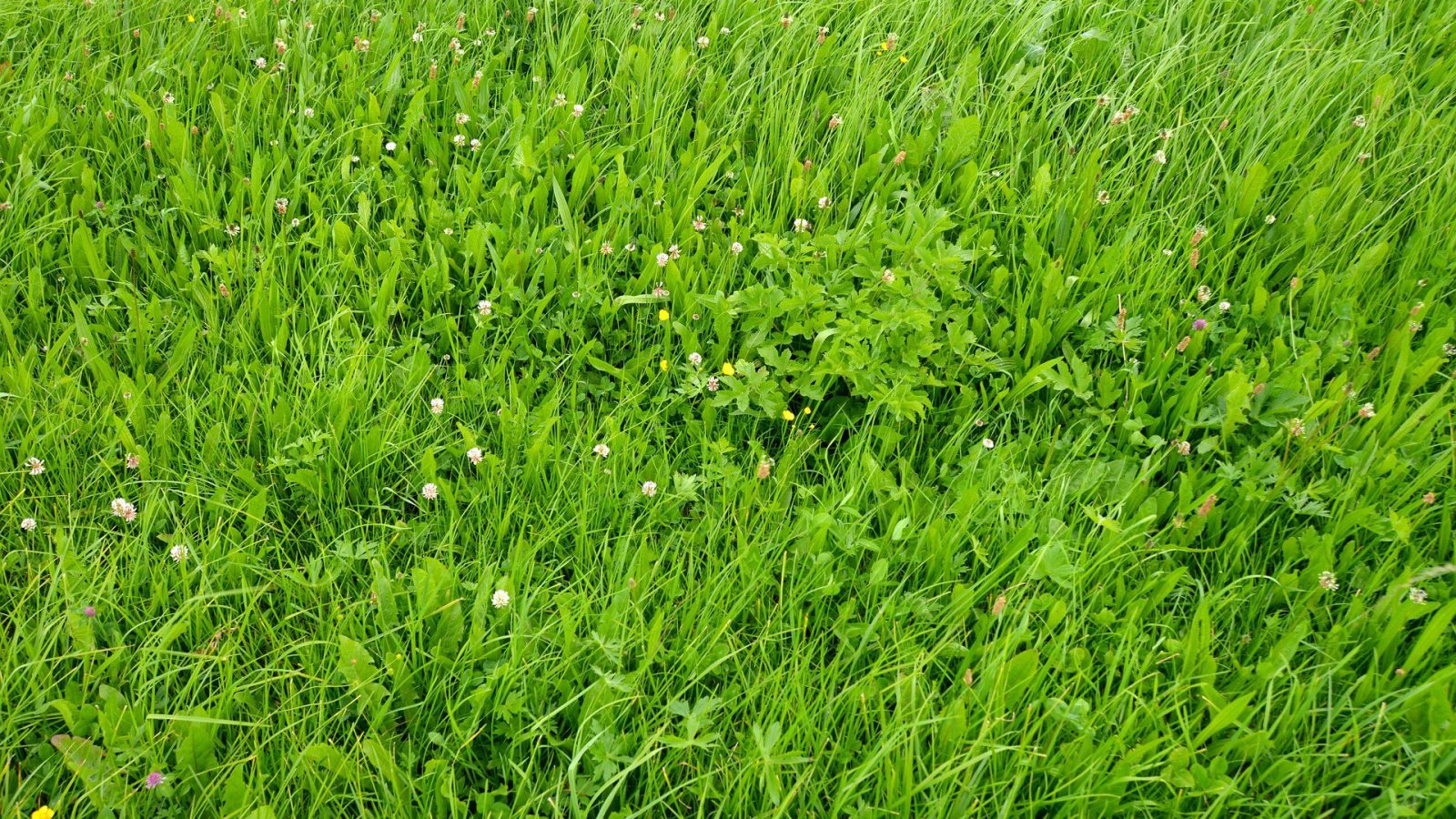Bijeenkomst: EGF2015 Auteur: Albrecht K.A., Ochsner T.E., Schwab A.R. and Jokela W.E. ISBN: 978-9090-289-61-8 Jaar van uitgifte: 2015 Producttype: Paper Maize (Zea mays L.) silage has become an increasingly important forage crop in high output dairy farming systems in Europe and North America because of its high energy density, relatively uniform nutritive value, and efficiency …
Phosphorus concentration and export by silage maize and cut grassland under temperate climate
Bijeenkomst: EGF2015 Auteur: D’Haene K., De Vliegher A. and Hofman G. ISBN: 978-9090-289-61-8 Jaar van uitgifte: 2015 Producttype: Paper Algal blooming caused by phosphorus (P) losses from agricultural soils to ground- and surface water is a major problem as P is typically the limiting factor for eutrophication in freshwater systems. To fine-tune the advice on …
